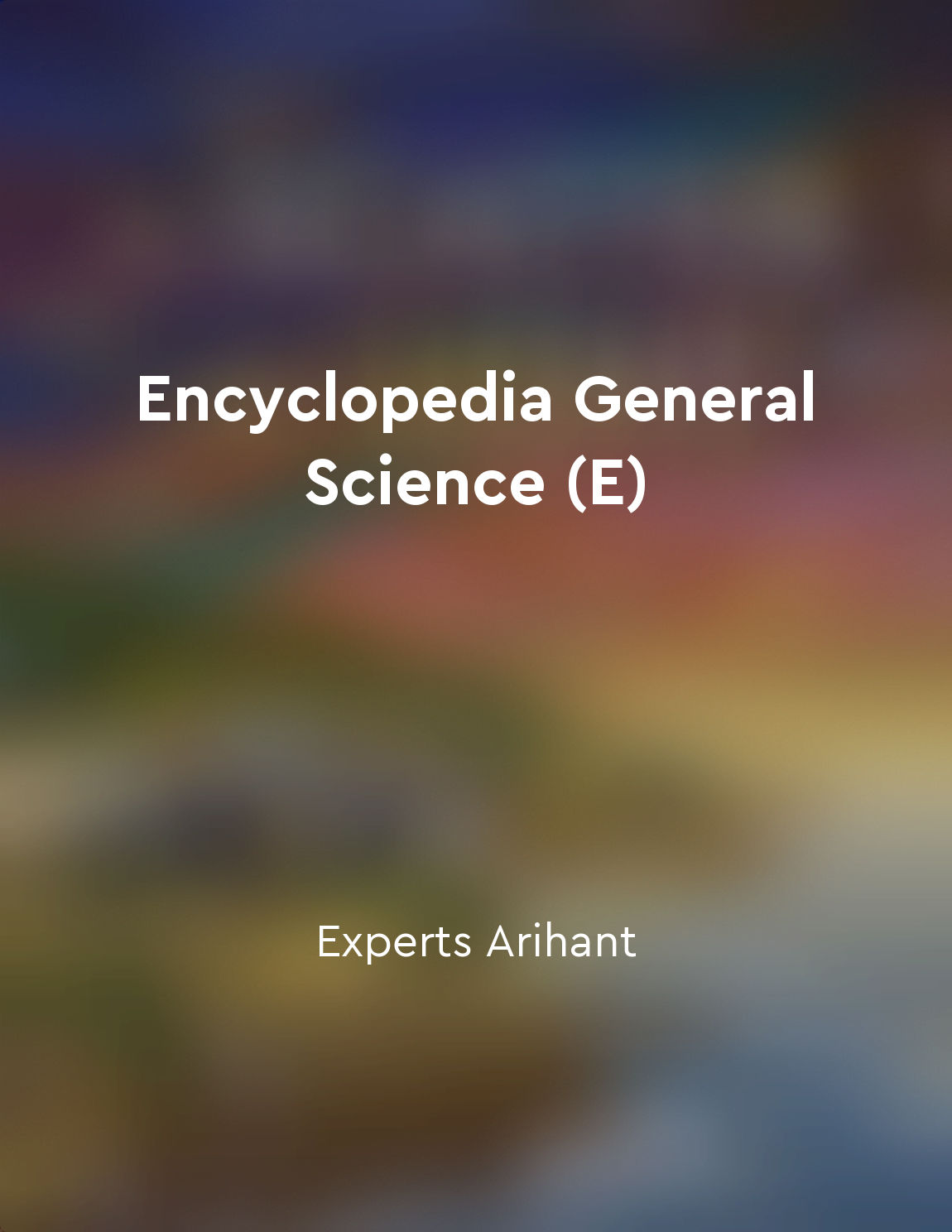Glacial movements leave distinctive marks from "summary" of Principles of Geology, Volume 1 by Charles Lyell,Sir Charles Lyell
Glacial movements, as they advance and retreat, create distinctive marks on the landscape that can be observed and interpreted by geologists. These marks serve as a record of the past activity of glaciers, providing valuable insights into the history of the Earth's climate and geography. One of the most common types of marks left by glacial movements are striations, which are long, parallel grooves or scratches in the bedrock. These striations are caused by the abrasive action of rocks and debris carried by the glacier as it moves over the surface of the Earth. By studying the orientation and spacing of these striations, geologists can determine the direction in which the glacier was moving and the speed at which it was traveling. Another type of mark left by glacial movements is known as a moraine, which is a ridge or mound of unsorted sediment deposited by a glacier. Moraines can take on various forms, including lateral moraines, which run along the sides of a glacier, and terminal moraines, which mark the furthest extent of a glacier's advance. By mapping and analyzing the distribution of moraines, geologists can reconstruct the past movements of glaciers and infer the conditions under which they formed. In addition to striations and moraines, glacial movements can also create distinctive landforms such as cirques, aretes, and U-shaped valleys. Cirques are bowl-shaped depressions formed at the head of a glacier, while aretes are sharp ridges that separate two cirques. U-shaped valleys, on the other hand, are broad, flat-bottomed valleys with steep sides that have been eroded by the movement of a glacier. These landforms provide further evidence of past glacial activity and help geologists piece together the history of the Earth's climate.- The marks left by glacial movements are a valuable source of information for geologists seeking to understand the processes that have shaped the Earth's surface over time. By carefully studying these marks and interpreting their significance, geologists can reconstruct past glacial events and gain insights into the dynamic relationship between glaciers, climate, and landscape evolution.
Similar Posts
Practice good posture to prevent fatigue and strain on your body
Maintaining good posture while you whittle is crucial for your overall well-being. By sitting up straight and aligning your bac...
Adaptation allows species to survive and thrive in their environments
Adaptation is the key to survival and success in the natural world. It is the process by which species evolve traits that bette...

Geology explores the formation and evolution of the Earth
Geology is the scientific study of the Earth's composition, structure, processes, and history. It explores how the Earth was fo...
Glacial movements leave distinctive marks
Glacial movements, as they advance and retreat, create distinctive marks on the landscape that can be observed and interpreted ...

Struggle against elements of nature
In our perilous journey, we faced the relentless wrath of nature. The elements were our constant adversary, testing our will an...

Navigate treacherous terrains
Professor Lidenbrock and his nephew Axel embarked on a perilous expedition to the center of the earth. Their journey was fraugh...
Earth system science is an interdisciplinary field that studies the interactions between Earth's atmosphere, oceans, land, and biosphere
Earth system science provides a holistic framework for understanding the complex interactions and feedbacks between the atmosph...

